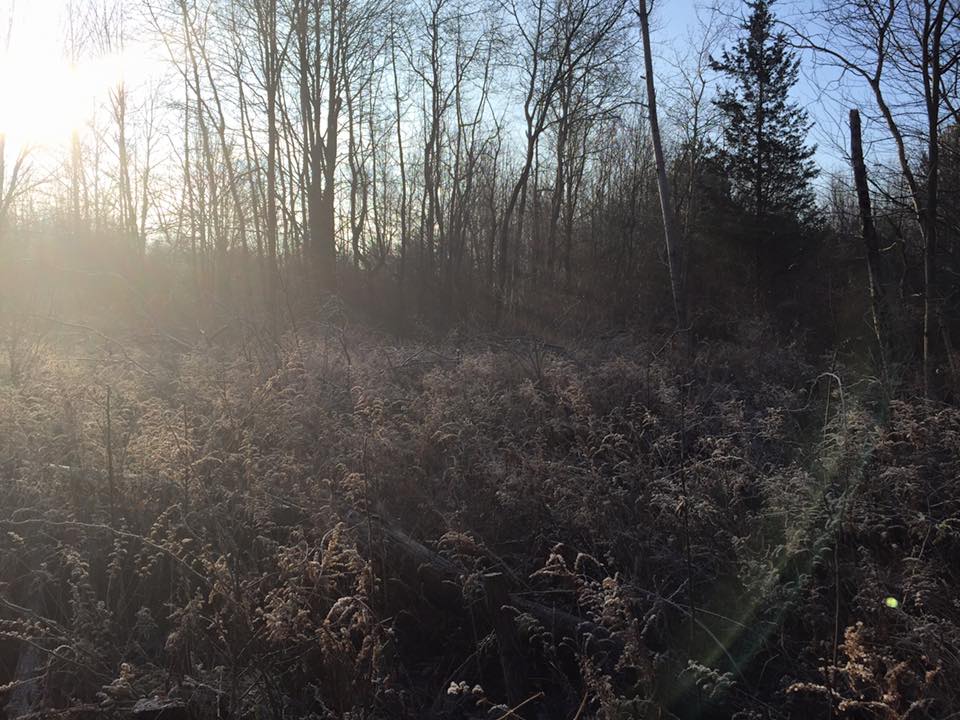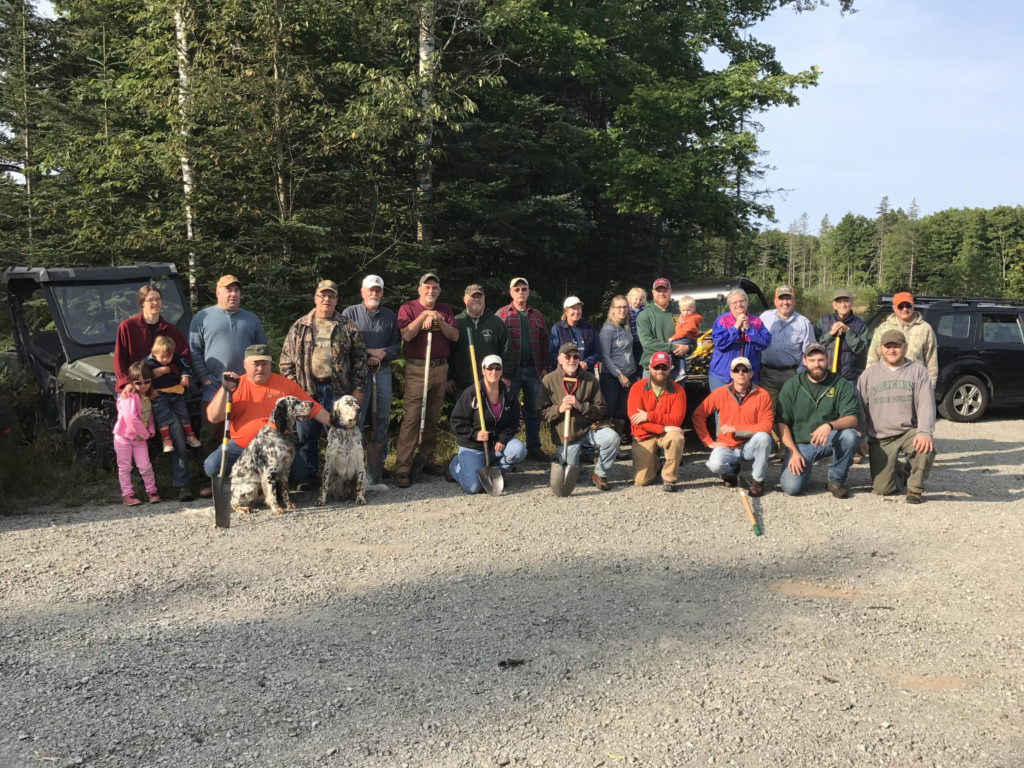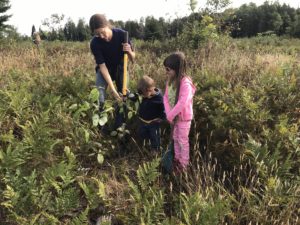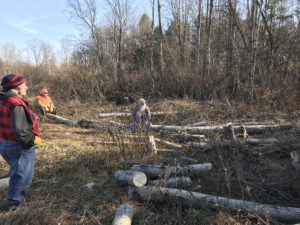
On the Ground: Habitat Highlight- Ruffed Grouse
 Volunteers with MUCC’s On the Ground program have improved thousands of acres of wildlife habitat in State Game Areas and State Forests throughout all regions of Michigan. While many of these wildlife habitat improvement projects focus on whitetail deer, turkey, or cottontail rabbits, a large majority of them also benefit ruffed grouse. Some OTG projects have even prioritized improving grouse habitat in various Grouse Enhanced Management Sites (GEMS) as well. Grouse have a very large range, of which, Michigan is a very important portion.
Volunteers with MUCC’s On the Ground program have improved thousands of acres of wildlife habitat in State Game Areas and State Forests throughout all regions of Michigan. While many of these wildlife habitat improvement projects focus on whitetail deer, turkey, or cottontail rabbits, a large majority of them also benefit ruffed grouse. Some OTG projects have even prioritized improving grouse habitat in various Grouse Enhanced Management Sites (GEMS) as well. Grouse have a very large range, of which, Michigan is a very important portion.
The optimum ruffed grouse habitat includes brushy areas, young aspen stands, mature aspen stands with an understory of hazel or ironwood, and dense sapling aspen stands. Where aspen is absent, oak, conifers, and lowland brush areas are an option. Aspen trees 15 years and older provide the most important year-round food sources in the form of green leaves, flower buds, and catkins. During winter the flower buds of aspen become the staple grouse food, but winter catkins of hazel and those of willow and birch are also browsed. Brush and shrubs including serviceberry, ninebark, American hazelnut, highbush cranberry, pin oak and crabapple trees also provide prime cover and browse.
 Through several events with OTG, volunteers have planted thousands of shrubs and trees, promoted aspen regeneration in many small pockets of forest, and improved cover by planting conifers or building brush piles on hundreds of acres of state land. These improved wildlife habitat areas include the Allegan State Game Area, Crane Pond State Game Area, Muskegon State Game Area, Pigeon River Country State Forest, Grayling State Forest, Betsie GEMS area, Melstrand GEMS area, Shingleton State Forest GEMS area and others.
Through several events with OTG, volunteers have planted thousands of shrubs and trees, promoted aspen regeneration in many small pockets of forest, and improved cover by planting conifers or building brush piles on hundreds of acres of state land. These improved wildlife habitat areas include the Allegan State Game Area, Crane Pond State Game Area, Muskegon State Game Area, Pigeon River Country State Forest, Grayling State Forest, Betsie GEMS area, Melstrand GEMS area, Shingleton State Forest GEMS area and others.
Volunteers and members of various MUCC affiliated Clubs, chapters of the Ruffed Grouse Society, high school groups, Boy Scouts, and local conservationists have played a major role in the success of these habitat improvement events. Along with great connections to new public land areas comes great connections with like-minded people and new hunting opportunities! I’ll share more on that topic in a future blog. There will be continuing efforts to improve grouse habitat, among other wildlife habitat, throughout the state with OTG; you can get involved by RSVPing to volunteer at a project at www.mucc.org/on-the-ground

MUCC’s On The Ground Program is supported by the Michigan Department of Natural Resources Wildlife Division
